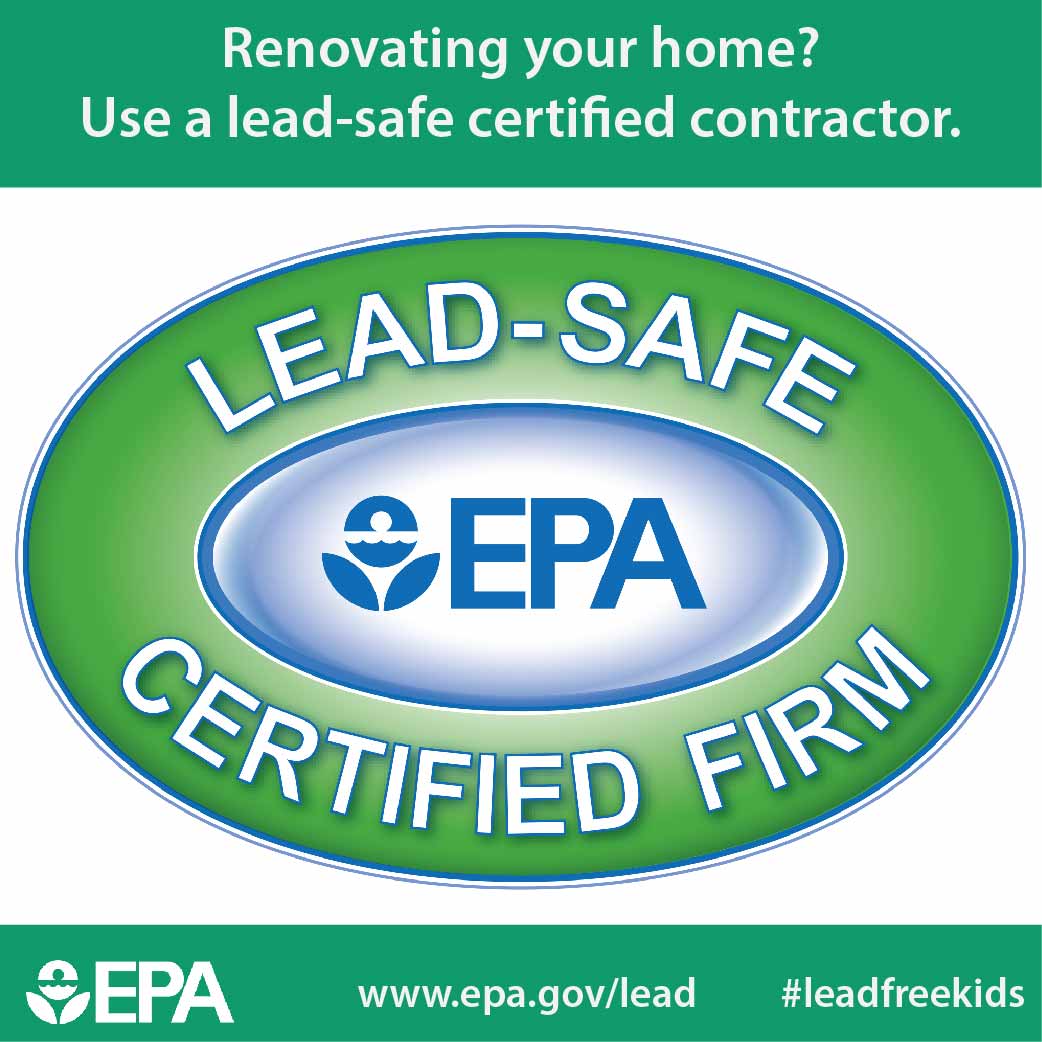Variables To Consider For Commercial Outside Paint By Season: Essential Info You Should Have
Variables To Consider For Commercial Outside Paint By Season: Essential Info You Should Have
Blog Article
Write-Up By-Aguilar Rosendal
When you're planning a business exterior painting job, seasonal variables can make or break your results. https://www.architecturaldigest.com/wall-decor-ideas 'll intend to consider how temperature level and moisture effect paint application and drying out times. Selecting the appropriate season can ensure your paint sticks correctly and lasts much longer. However which periods are genuinely the best for this kind of job? Let's explore the crucial elements that can affect your project's success.
The Impact of Temperature Level on Paint Application
When you're planning a business external paint project, the temperature can substantially affect how well the paint adheres and dries out.
Preferably, you want to paint when temperatures vary in between 50 ° F and 85 ° F. If painting the ceiling the same color as the walls 's as well cool, the paint may not cure correctly, leading to concerns like peeling off or fracturing.
On the other side, if it's as well warm, the paint can dry out too quickly, preventing appropriate adhesion and leading to an irregular surface.
You ought to additionally think about the moment of day; early morning or late afternoon offers cooler temperature levels, which can be a lot more favorable.
Constantly check the manufacturer's suggestions for the certain paint you're utilizing, as they typically supply assistance on the perfect temperature level array for ideal outcomes.
Moisture and Its Effect on Drying Times
Temperature level isn't the only environmental factor that affects your business exterior painting project; humidity plays a significant duty also. painters contractors can slow down drying times significantly, influencing the total top quality of your paint task.
When the air is filled with dampness, the paint takes longer to cure, which can result in concerns like inadequate adhesion and a greater danger of mildew development. If you're repainting on a specifically damp day, be planned for extended delay times in between layers.
It's critical to check regional weather and strategy accordingly. Ideally, aim for humidity levels in between 40% and 70% for optimal drying.
Maintaining these factors in mind ensures your task remains on track and supplies a lasting surface.
Best Seasons for Commercial Exterior Paint Projects
What's the most effective time of year for your industrial external painting projects?
Springtime and very early loss are generally your best choices. During these periods, temperatures are moderate, and humidity levels are often reduced, developing excellent problems for paint application and drying out.
Prevent summer's intense heat, which can create paint to dry too rapidly, leading to poor bond and surface. Similarly, winter season's chilly temperature levels can hinder proper drying out and treating, risking the durability of your paint task.
Aim for days with temperatures in between 50 ° F and 85 ° F for optimal results. Remember to check the local weather forecast for rain, as wet problems can destroy your project.
Preparation around these variables ensures your painting job runs smoothly and lasts longer.
Verdict
Finally, intending your industrial outside paint projects around seasonal factors to consider can make a substantial difference in the result. By organizing job during the ideal temperatures and humidity degrees, you'll guarantee better bond and drying out times. Bear in mind to keep an eye on local weather forecasts and choose the right time of year-- spring and early fall are your best bets. Taking these actions will assist you accomplish a durable and expert surface that lasts.
